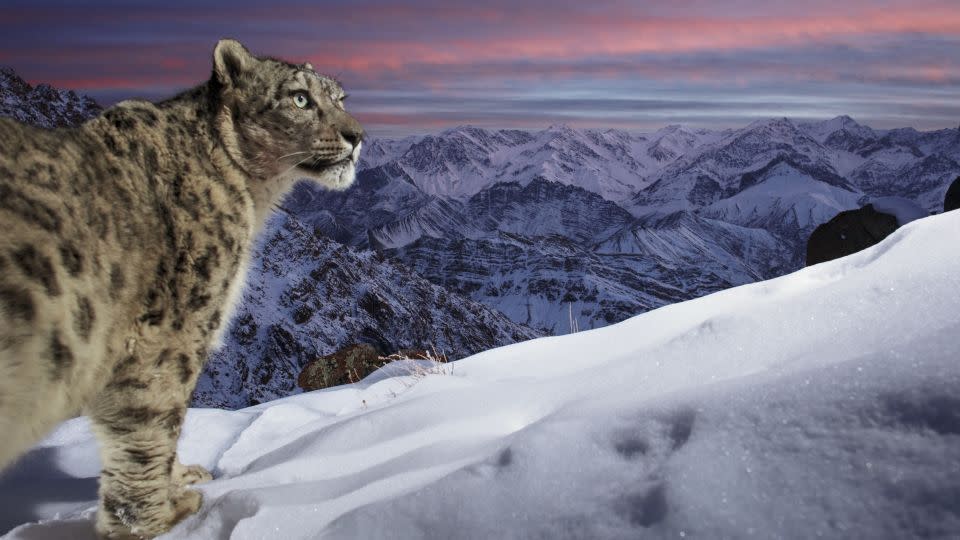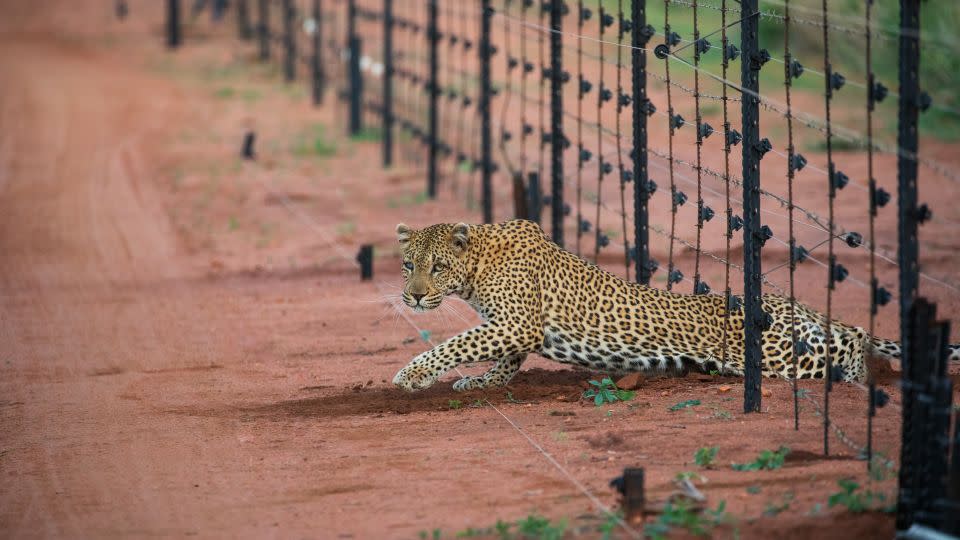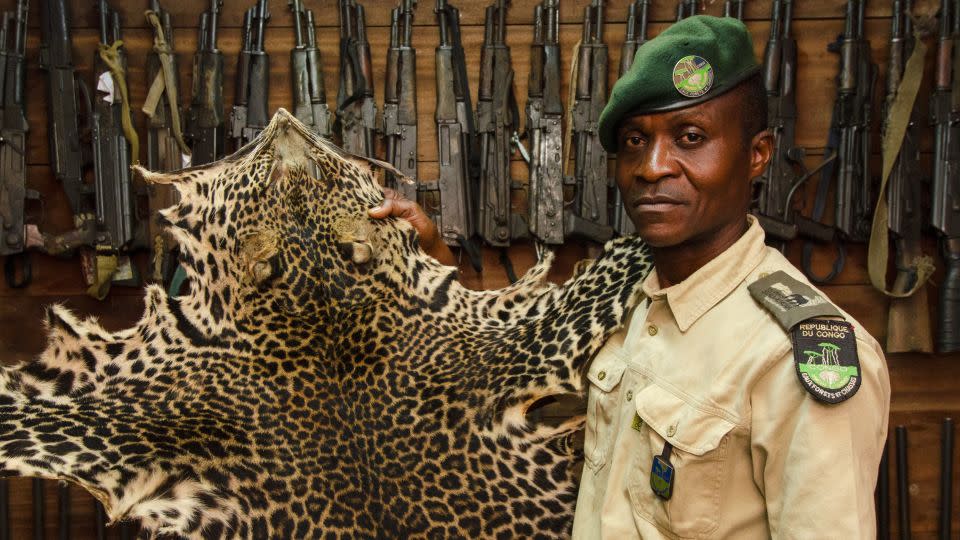Stunning photos of leopards are helping to protect this elusive big cat
Editor’s Note: Call to Earth is a CNN editorial series committed to reporting on the environmental challenges facing our planet, together with the solutions. Rolex’s Perpetual Planet initiative has partnered with CNN to drive awareness and education around key sustainability issues and to inspire positive action.
As their populations dwindle worldwide, photographing leopards in the wild is becoming increasingly difficult. It is also becoming harder to imagine a secure future for one of nature’s most captivating animals.
Through her Remembering Wildlife project, British photographer Margot Raggett is fighting against this trend. She started the initiative in 2016, and every year since then it has produced a photo book dedicated to one type of animal, capturing its beauty in images from across the globe.
All profits are donated to conservation efforts for that animal, with more than £1 million ($1.2 million) raised since the project began, according to Remembering Wildlife. In this year’s edition, the leopard takes center stage.
Over 50 wildlife photographers have contributed to the book, including Maasai Mara-based Jonathan and Angela Scott, presenters of TV show Big Cat Tales, as well as award-winning conservation photographers Neil Aldridge and Suzi Eszterhas.
Raggett believes that showcasing beautiful images of the big cat raises awareness and captures the public’s attention.
“We need people to see what we might lose if conservation efforts aren’t successful,” she says. “Photography is a great way to do that.”

Almost all leopard populations are decreasing. The only exception is the Amur leopard, which lives in northern China and eastern Russia, and whose habitat has roughly tripled since the beginning of the century thanks to conservation efforts. But it remains the world’s rarest big cat, according to WWF.
Out of the nine leopard subspecies, two are classified as endangered and another two as critically endangered. Some subspecies have seen an estimated population decline of up to 90% in recent years.
Finding solutions
Ecologist Dr Vidya Athreya, from the non-profit Wildlife Conservation Society, wrote a section of the book titled “Lessons from a leopard.” She tells CNN she has been working on leopard conservation for the last two decades. “The more I learn about them the more fascinated I am,” she says. “This book showcases the amazing species that leopards are, so it has been inspirational to get involved in something that showcases their aura.”
“[Conservation] is about reviving populations,” Athreya adds. “It is about ensuring people and leopards do not get embroiled in conflict.”

Raggett says that climate change and expanding human populations are forcing leopards into ever-smaller areas. As a result, they are coming into closer contact with humans, becoming more susceptible to snare traps and targeted poaching. Leopard attacks on livestock in places such as Afghanistan are also leading to further conflict, with farmers killing big cats to protect their livelihood, according to Raggett.
Conservation efforts funded by Remembering Wildlife have provided farmers in Afghanistan with predator-proof corrals to house their livestock, as well as education on other protective measures, she says.
“It’s about persuading the local community not to retaliate against animals … and enabling them to live alongside them,” explains Raggett.
Jonathan Scott, one of the photographers who contributed to the book, says that over the years, leopards have suffered greatly because of demand for their pelts.
“The leopard’s exquisite beauty has cost it dearly,” he says. “In the 1960s and 70s as many as 50,000 leopards were believed to be killed each year in Africa to satisfy the fashion industry’s insatiable appetite for spotted cat skin garments.”
Remembering Wildlife helps tackle the threat of hunting by funding rangers, supporting them in confronting poachers. It can be as simple as paying for fuel, new tires or salaries to keep efforts alive, says Raggett.

But despite her efforts, Raggett admits work still needs to be done.
“Remembering Wildlife is like one hose fighting a forest fire,” she says. “We’re proudly standing alongside lots of amazing organizations with that hose.”
For more CNN news and newsletters create an account at CNN.com

